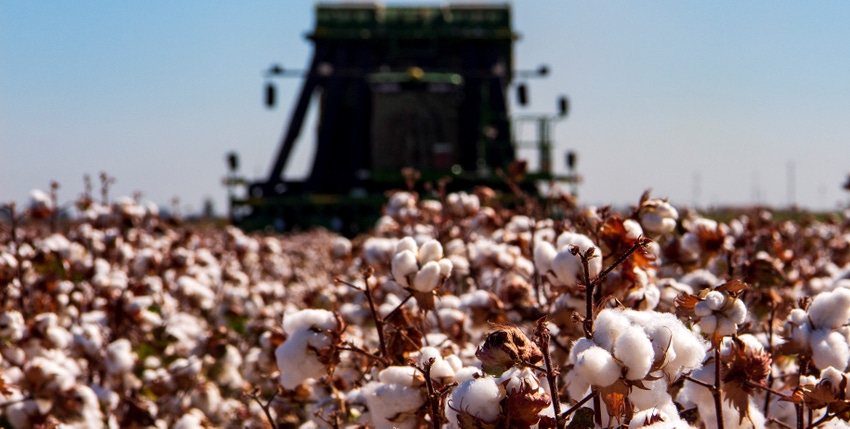
Higher world cotton demand for 2022 and the likelihood of smaller Western crop may entice firm fiber prices, particularly for the extra-long staple varieties.
Upland cotton prices at or near $1 may hold, according to Jody Campiche, vice president of economics with the National Cotton Council. She shared this bit of good news at the recent Deltapine NPE Grower Summit in Arizona.
High overall commodity prices among corn, soybeans and cotton could challenge growers to pick a crop, she said, but high fertilizer prices borne from short supplies could push farmers to choose cotton over corn in parts of the country where those options are available. Western water availability will likely cause cotton acreage to shrink across California and Arizona.
Campiche expects total U.S. cotton acreage to be up in 2022, though the uncertainty of when shipping logistics ease and U.S. growers can export cotton and other commodities more readily continue to cast a dark cloud across all of U.S. agriculture. The USDA is predicting 18.3 million bales of domestic cotton production from the 2021 crop, which is about 3.7 million higher than the previous year.
Pent-up demand
Pent-up demand post-pandemic helped push buying pressure and pricing. Conversely, inflationary pressure, particularly in the United States where inflation rates are the highest they've been in decades could dampen demand.
"We could see a slow down in clothing and accessory spending (because of inflation)," she said.
Still, China seems to remain a positive market for U.S. cotton as Chinese demand remains ahead of supplies created in-country. Issues with the Chinese treatment of Uyghurs in the Xinjiang region of the country incentivized the U.S. to ban imports from that region on the allegations of human abuses. Campiche expects Chinese domestic production will remain in China, necessitating the need to import cotton from elsewhere for those products that will be shipped out of China.
Brazil and Australia remain competitors to U.S. cotton, though Brazil is apparently having problems moving cotton from production regions to port. While previous trade tensions between the U.S. and China made it easier for Brazil to secure sales with China, Campiche says China still likes the high-quality U.S. cotton.
Moreover, as brands and retailers demand cotton that can be proven "sustainable" in its growing and production, textile mills may look to U.S. cotton farms to meet their demand.
About the Author(s)
You May Also Like






